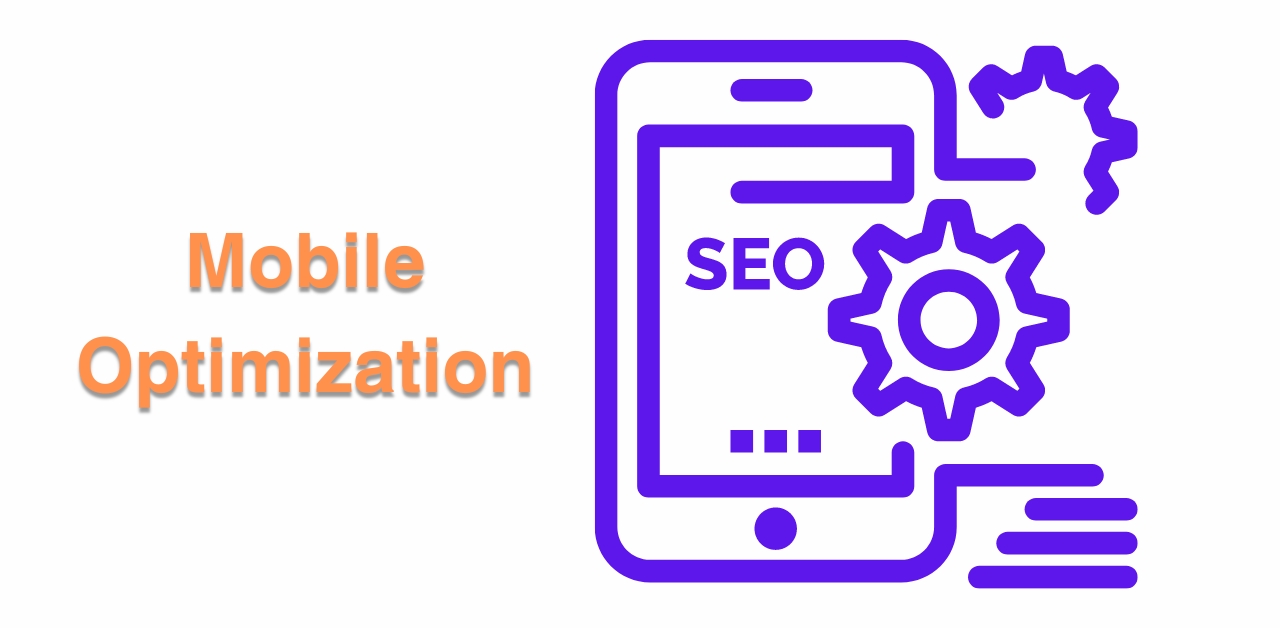Introduction
 Technical SEO is the backbone of a website’s search engine success. While content and backlinks are often emphasized in SEO strategies, technical SEO ensures that search engines easily crawl, index, and understand your website. But what exactly makes SEO “technical”? It’s about optimizing the infrastructure of your website to improve its organic visibility. In this article, I will discuss Advanced Technical SEO
Technical SEO is the backbone of a website’s search engine success. While content and backlinks are often emphasized in SEO strategies, technical SEO ensures that search engines easily crawl, index, and understand your website. But what exactly makes SEO “technical”? It’s about optimizing the infrastructure of your website to improve its organic visibility. In this article, I will discuss Advanced Technical SEO
Understanding the Basics of Technical SEO
Definition of Technical SEO
Technical SEO refers to the process of optimizing a website’s technical aspects to increase the ranking of its pages in search engines. This includes improving the website’s speed, mobile-friendliness, site architecture, and much more.
Key Components of Technical SEO
- Crawlability: Ensuring search engines can find and crawl your website.
- Indexability: Making sure that your content is correctly indexed by search engines.
- Performance: Enhancing page load times and overall website speed.
- Security: Implementing SSL to protect user data and improve rankings.
Site Architecture and Crawlability
Importance of a Well-Structured Site
A well-structured website makes it easier for search engines to crawl and index your pages. Clear navigation, organized categories, and a logical site hierarchy are critical components.
XML Sitemaps
An XML sitemap is a roadmap for search engines, listing all the important pages on your website. It helps search engines discover and index your content more efficiently.
Robots.txt Files
A robots.txt file tells search engines which pages they should not crawl. This is useful for preventing search engines from indexing duplicate or irrelevant pages.
Mobile Optimization
Mobile-First Indexing
Google primarily uses the mobile version of a site for indexing and ranking. Therefore, mobile optimization is crucial for technical SEO.
Responsive Design Best Practices
Responsive design ensures that your website looks and functions well on all devices, from desktops to smartphones. Key practices include fluid grids, flexible images, and media queries.
Page Speed and Performance
Why Speed Matters for SEO
Page speed is a ranking factor for Google. A slow website can lead to higher bounce rates, lower dwell time, and poor user experience, all of which can negatively impact your SEO efforts.
Tools to Measure Page Speed
Tools like Google PageSpeed Insights, GTmetrix, and Pingdom can help you analyze and improve your website’s speed.
Tips to Improve Page Speed
- Minimize HTTP requests
- Enable browser caching
- Optimize images and videos
- Use a Content Delivery Network (CDN)
Indexing and Rendering
How Search Engines Index Pages
Search engines use bots to crawl your website, rendering your pages as a user would. The content is then indexed and stored in the search engine’s database.
Common Indexing Issues
Some common issues include duplicate content, missing meta tags, and blocked pages. These can prevent search engines from properly indexing your site.
Using Google Search Console for Indexing Insights
Google Search Console provides valuable insights into how your site is indexed. It helps identify issues like crawl errors, blocked resources, and duplicate content.
Structured Data and Schema Markup
 What is Structured Data?
What is Structured Data?
Structured data is a standardized format that helps search engines understand the content on your pages better. It’s often implemented through schema markup.
Benefits of Implementing Schema Markup
Schema markup can enhance your search results with rich snippets, which can increase your click-through rates and improve your overall SEO performance.
Common Types of Schema Markup
- Organization: For branding and contact details
- Breadcrumbs: To improve site navigation
- Product: To highlight product details, prices, and availability
Canonicalization and Duplicate Content
Understanding Canonical Tags
A canonical tag tells search engines which version of a page is the “master” version, helping to prevent duplicate content issues.
Managing Duplicate Content Effectively
Duplicate content can confuse search engines and dilute your ranking. Using canonical tags, 301 redirects, and setting up preferred URLs can mitigate this problem.
SSL and HTTPS
Importance of Secure Websites for SEO
Google considers HTTPS as a ranking signal. Websites with SSL certificates are deemed more trustworthy and are likely to rank higher than those without.
How to Implement SSL Correctly
Implementing SSL involves obtaining an SSL certificate and configuring your server to serve your website over HTTPS. Make sure to redirect all HTTP traffic to HTTPS.
URL Structure
Best Practices for SEO-Friendly URLs
- Keep URLs short and descriptive
- Use hyphens to separate words
- Include target keywords where appropriate
The Role of Keywords in URLs
Keywords in URLs can provide a slight ranking boost and make your URLs more relevant to search queries. However, avoid keyword stuffing, which can have the opposite effect.
404 Errors and Redirects
Managing 404 Errors Properly
A 404 error occurs when a page is not found. It’s essential to manage these errors by redirecting users to a relevant page or creating a custom 404 page to keep users engaged.
Types of Redirects: 301 vs. 302
- 301 Redirect: Permanent redirect, passing full SEO value.
- 302 Redirect: Temporary redirect, does not pass full SEO value.
XML Sitemaps

Role of XML Sitemaps in SEO
XML sitemaps list the URLs of your website, helping search engines to discover and index your content more effectively. They are especially useful for large websites.
Best Practices for Creating and Submitting Sitemaps
- Ensure your sitemap is up-to-date
- Submit your sitemap to Google Search Console
- Limit the number of URLs in each sitemap
Robots.txt Files
What is a Robots.txt File?
A robots.txt file guides search engine crawlers on which pages they should or should not index. It’s a simple text file located in the root directory of your website.
Best Practices for Managing Robots.txt
- Disallow crawling of sensitive or low-value pages
- Regularly review and update the file as your website evolves
- Test your robots.txt using Google Search Console to ensure it’s correctly configured
Technical SEO Audits
Importance of Regular Technical SEO Audits
Regular audits help you identify and fix issues that may be hindering your website’s performance. This keeps your site optimized and competitive.
Tools and Techniques for Conducting Audits
Tools like Screaming Frog, Ahrefs, and SEMrush can help you conduct comprehensive technical SEO audits, covering aspects like crawlability, site architecture, and speed.
Conclusion
Advanced Technical SEO is essential for maximizing your website’s performance in search engine rankings. From site architecture to mobile optimization, every element plays a critical role in ensuring that your website is not only accessible to search engines but also provides a seamless experience for users. Regular audits and updates are key to maintaining a healthy, optimized site that continues to rank well over time.
FAQs
- What is Technical SEO and why is it important?
Technical SEO involves optimizing the backend of your website to improve its visibility in search engines. It’s important because it ensures that search engines can crawl, index, and rank your site effectively. - How often should I conduct a technical SEO audit?
It’s recommended to conduct a technical SEO audit at least twice a year, or more frequently if you make significant changes to your site. - What tools are best for monitoring technical SEO?
Some of the best tools include Google Search Console, Screaming Frog, Ahrefs, and SEMrush. These tools help you monitor site health, identify issues, and track performance. - How does mobile optimization impact technical SEO?
With Google’s mobile-first indexing, a mobile-optimized site is crucial for SEO. Poor mobile optimization can negatively impact your rankings. - Can technical SEO affect my rankings significantly?
Yes, technical SEO can have a significant impact on your rankings. Without a strong technical foundation, other SEO efforts like content creation and link building may not be as effective.





